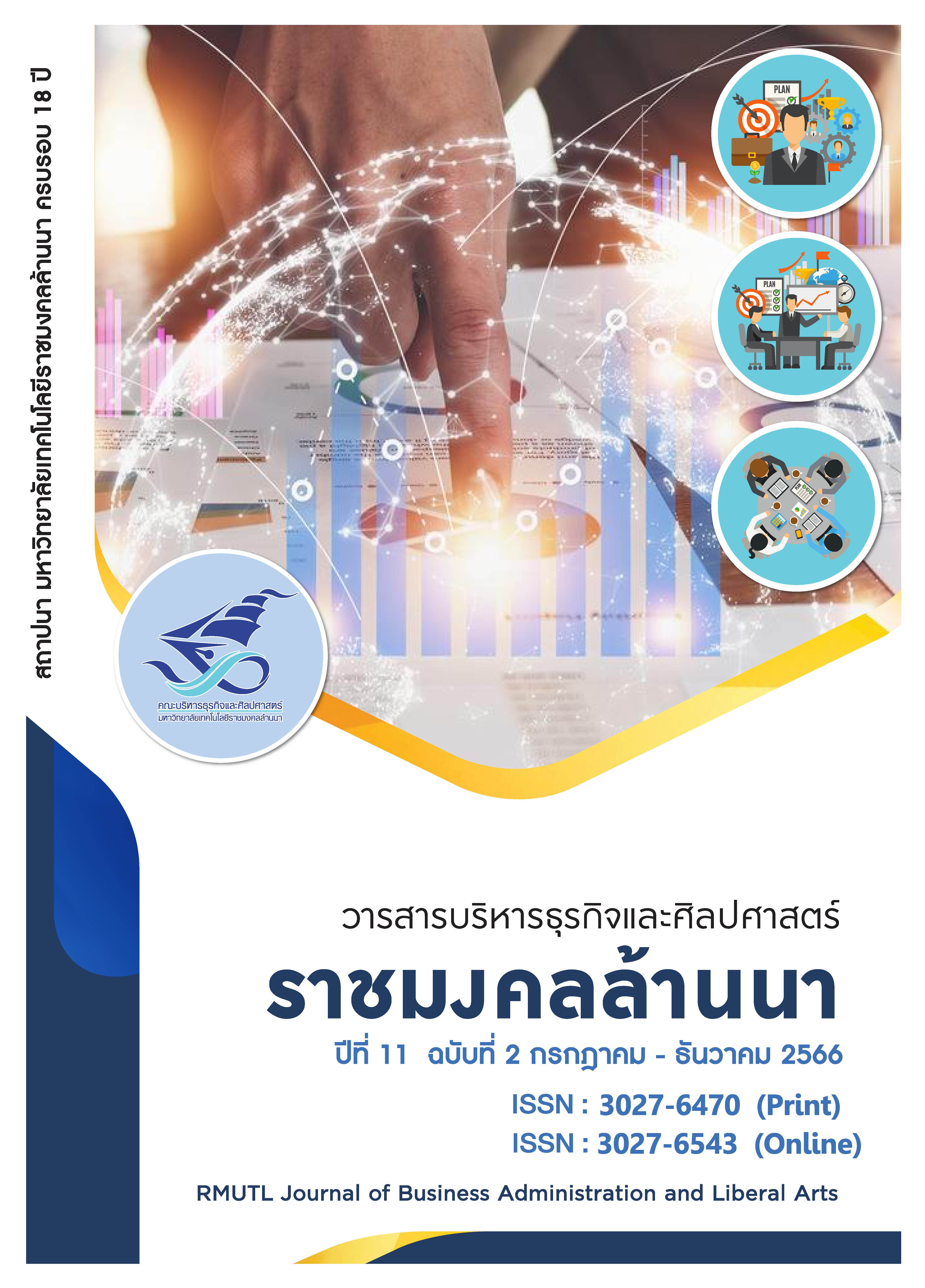The Discourse of Local Identity in Lanna Folktales
Main Article Content
Abstract
This research is study the discourse of local identity in Lanna Folktales. This is Qualitative research aiming to study 410 0f Lanna Folktales by collecting data from Social research institute Chiang Mai University and analyze the information based on the concept of discourse by Michael Foucault's and the concept of identity in a descriptive way.
The results of this research found that there is a discourse on local Lanna identities consisting of 9 identities 1) cultural and tradition identities Lanna people have faith and adhere to Buddhism by adhering to principles and teachings of philosophy entrenched mind and guide for life. 2) Language identity is used in naming, using a name prefix by use of words that have the same meaning as the central Thai language, but pronounce them differently. 3) Character identity, it is notable for its generosity generous respect and obey the elders also entrusted with gambling. 4) The identity of Lanna women plays a role as a "wife", responsible for all household tasks, while inevitably falling under the authority of men. 5)Occupational identity, the main occupation is agriculture because most of the area is mountainous. 6) Place identities will create habitats along the flatlands between the valleys because there is abundance of natural resources, so their life is connected to nature. 7) Food Identity There is a simple cooking process using various ingredients in their own community or locality. 8) Dressing identity; woven fabric dressing are their main clothes that are used in their daily life. And 9) belief identity, there is a Buddhist belief as the main religion. In addition, there are various ghosts that have mysterious powers over normal humans also law of karma, merit story, superstitions, witchcraft, magic and astrology.
Article Details

This work is licensed under a Creative Commons Attribution-NonCommercial-NoDerivatives 4.0 International License.
บทความวิจัยนี้เป็นของลิขสิทธิ์
References
กุหลาบ มัลลิกะมาส. (2518). คติชาวบ้าน. กรุงเทพฯ: โรงพิมพ์มหาวิทยาลัยรามคำแหง.
ฉลาดชาย รมิตานนท์. (2545). แนวคิดในการศึกษาอัตลักษณ์ความเป็นไท. กรุงเทพฯ: มหาวิทยาลัยเทคโนโลยีพระจอมเกล้าธนบุรี.
ไชยรัตน์ เจริญสินโอฬาร. (2543). วาทกรรมการพัฒนา: อำนาจ ความรู้ ความจริงเอกลักษณ์ และความเป็นอื่น. กรุงเทพฯ: วิภาษา.
ประสิทธิ์ ลีปรีชา. (2547). การสร้างและสืบทอดอัตลักษณ์ของกลุ่มชาติพันธ์ม้งในวาทกรรมอัตลักษณ์. กรุงเทพฯ: โอ.เอส.พริ้นติ้งเฮ้าส์.
พระมหาวีระพล ไฝ่แจ้คำมูล. (2557). ช้างในนิทานพื้นบ้านล้านนา. เชียงใหม่: มหาวิทยาลัยเชียงใหม่.
รัฐกาญจน์ จั่วแจ่มใส. (2559). การวิเคราะห์วาทกรรมผู้หญิงไทยในหนังสือพิมพ์: กรณีศึกษา นักเตะสโมสรเลสเตอร์ซิตี้ซื้อบริการหญิงไทย.(วิทยานิพนธ์). กรุงเทพฯ: มหาวิทยาลัยกรุงเทพ.
วัชรินทร์ แก่นจันทร์. (2556). วาทกรรมความรุนแรงในนิทานพื้นบ้านล้านนา. (วิทยานิพนธ์ ศิลปศาสตร์มหาบัณฑิต). เชียงใหม่: มหาวิทยาลัยเชียงใหม่.
วิเชียร เกษประทุม. (2548). นิทานพื้นบ้าน. กรุงเทพฯ: พัฒนาศึกษา.
สถาบันวิจัยสังคมมหาวิทยาลัยเชียงใหม่. (2527). นิทานพื้นบ้านล้านนา: เอกสารข้อมูล เล่ม 1. เชียงใหม่: ฝ่ายวิจัยล้านนา สถาบันวิจัยสังคมมหาวิทยาลัยเชียงใหม่.
สถาบันวิจัยสังคม มหาวิทยาลัยเชียงใหม่. (2528). นิทานพื้นบ้านล้านนา: เอกสารข้อมูล เล่ม 2. เชียงใหม่: ฝ่ายวิจัยล้านนา สถาบันวิจัยสังคมมหาวิทยาลัยเชียงใหม่.
สถาบันวิจัยสังคม มหาวิทยาลัยเชียงใหม่. (2530ก). นิทานพื้นบ้านล้านนา: เอกสารข้อมูล เล่ม 3. เชียงใหม่: ฝ่ายวิจัยล้านนา สถาบันวิจัยสังคม มหาวิทยาลัยเชียงใหม่.
สถาบันวิจัยสังคม มหาวิทยาลัยเชียงใหม่. (2530ข). นิทานพื้นบ้านล้านนา: เอกสารข้อมูล เล่ม 4. เชียงใหม่: ฝ่ายวิจัยล้านนา สถาบันวิจัยสังคม มหาวิทยาลัยเชียงใหม่.
สถาบันวิจัยสังคม มหาวิทยาลัยเชียงใหม่. (2532). นิทานพื้นบ้านล้านนา: เอกสารข้อมูล เล่ม 5. เชียงใหม่: ฝ่ายวิจัยล้านนา สถาบันวิจัยสังคมมหาวิทยาลัยเชียงใหม่.
สุกัญญา เชาว์น้ำทิพย์. (2549). อัตลักษณ์ของชาวล้านนาในนวนิยายของมาลำ คำจันทร์. (วิทยานิพนธ์ ศึกษาศาสตรมหาบัณฑิต). กรุงเทพฯ: มหาวิทยาลัยศรีนครินทรวิโรฒ.

